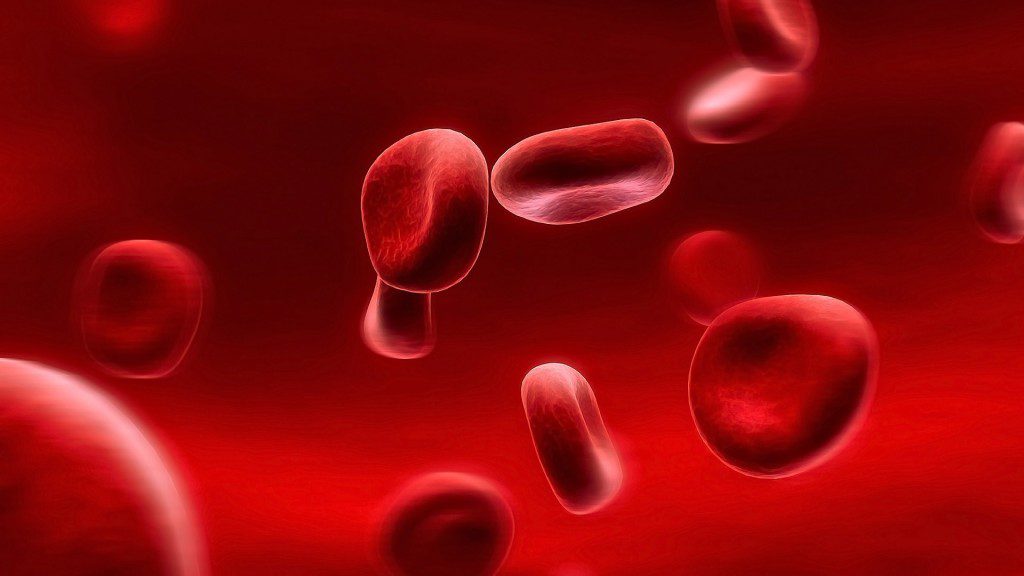“Top 10 Discoveries” in the Science World in 2013
METU faculty member Prof. Dr. Ural Akbulut compiled the important developments in the science world in 2013 from scientific sources such as Science and Nature. According to this, the following are the most important discoveries of 2013.
- The existence of the Higgs Boson was proven. After the British scientist Peter Higgs proposed in 1964 that there should be a particle and a field that would give mass to matter, other physicists also expressed views in parallel to that. After many years of studies, 9,000 researchers from 103 countries proved, in 2013, the existence of the Higgs Boson which they had traced in 2012. In CERN, there were also scientists from Turkey among those who contributed to this discovery. Peter Higgs and Francois Englert won the Nobel Prize in Physics for proposing the Higgs mechanism.
- Protein that prevents neurons from dying. Neurons that are deprived of oxygen as a result of a blockage in arteries to the brain start to die in a short time, and this condition is known to cause paralysis. Researchers at the University of Oxford found that cells in a particular part of the brain produced a protein called Hamartin and lived without oxygen for a long time. Professor A. Buchan found out how cells in the hippocampus region, which has an important role in finding memory and direction in the brain, lived for a long time by producing Hamartin when the brain was deprived of oxygen. The hamartin, which these cells produce, forces the cells to save energy as well as stops the cells’ activities. It was understood that the neurons, under the influence of Hamartin, stopped producing proteins and used them for themselves by breaking down the existing ones. Buchan highlighted that deaths caused by stroke could be prevented if a method that would also enable the other parts of the brain to produce hamartin in the absence of blood was found out. The article which details the study was published in the journal Nature Medicine.
- Harvard’s flapping-wing flying microrobot. Professor R. J. Wood and his team, who conducted research at Harvard for 12 years to develop a micro robot, produced all the parts of the robot themselves. The technical details of the developed micromotor, its wing and control systems were published in Science magazine. Wood and his team filmed and analyzed the wing-flapping of bees and flies and made wings and micromotors from lightweight materials. The microrobots, which flap wings 120 times a second, have a size of 3 centimeters and a weight of 0.080 grams. Thin ceramic rods that contract with the application of electric field were used to enable the wings to flap at a speed invisible to the eye.
- Artificial skin which is as sensitive as the tip of a finger. In the US, Professor Z. L. Wang produced a smart skin at the Georgia Institute of Technology. There are 8,000 transistors in artificial skin. The transistors produce electricity independently under pressure. Each transistor feels 10-kilo Pascal pressure like a human fingertip. The details of the study will be published in Science magazine. With this skin, robots will be able to do sensitive work. The robotic hands of the people who lost their hands will be covered with this skin to make them feel.
- Surgical knife that distinguishes between healthy tissue and cancer. Hungarian chemist Z. Takatz, a faculty member of the Imperial College London in Britain, developed a “bistoury”. Takatz discovered that “gas structures in the smokes” generated by the cancerous tissues were different from the healthy tissues when cutting the patient’s tissues with a surgical knife called electrocautery. Thus, surgeons will find out in a few seconds whether the tissue they cut in surgery is cancerous or healthy. It takes 30 minutes for the analysis to be done in a pathology lab. The device, which will be put into use soon, will eliminate the risks such as leaving the cancerous tissues inside or unintentionally taking the healthy tissues in surgeries.
- Stretchable, flexible battery. In the US, researchers at Northwestern and the University of Illinois created a stretchable, flexible battery. 100 tiny lithium-ion cells were connected by stretchy wires. The battery placed on a stretchy plastic material does not require a cable charger as it can be remotely recharged. Being remotely recharged is considered as an important development for this battery that is necessary for use in flexible computers and television.
- Production of cheap hydrogen with iron rust and sunlight. Prof. Dr. M. Gratzel from Lausanne University and A. Rotschild, a professor of the Technion Technology Institute, developed a new technique with cheap materials. Gratzel, in his work with his team, has provided the practical use of the combined batteries he developed in the ’90s to increase the efficiency of solar cells. The study was published in the journal Nature Materials. The work to increase the efficiency of the battery is ongoing.
- Quantum microscope. In Australia, with the collaboration of Queensland University and the Australian National University, a microscope was made using the principle of quantum mechanics. This study was published in Nature Photonics. The microscope will allow you to examine the internal structures of living cells “without damaging the cell”. Assistant Professor W. Bowen highlighted that, with this study, they have proved that quantum physics can be applied to technology. You will be able to trace the life cycle of cells by a microscope.
- The world’s smallest cartoon movie with the movement of molecules. IBM researchers made the world’s smallest cartoon by moving carbon monoxide molecules with a Scanning Tunneling Microscope. IBM researchers Prof. Dr. H. Rohrer and G. Binnig developed this microscope in 1981 and received a Nobel Prize for Physics in 1986. With this microscope, the surface of the materials is displayed at an atomic level. IBM researchers made an animated short film called “A Boy and his Atom” while conducting atomic-level research. The shape of the child and the ball was created by carbon monoxide molecules placed on a copper sheet. Under the microscope, the oxygen atom in the carbon monoxide molecule looks like a dot. In this way, 242 different pictures were produced and a 94-second animated film was made.
- A kidney was grown in the laboratory in the US. In the US, a mouse kidney regenerated in a laboratory environment at Massachusetts General Hospital began to produce urine when it was transplanted to a mouse. Dr. Harald Ott formed a kidney utilizing the technique used in regenerating veins and for the first time, a complete organ was regenerated. First, the kidney of a dead mouse was taken and placed in a washing machine with a special liquid in it. The enzyme and disintegrating agents in the liquid cleaned the cells of the dead mouse in the kidney breaking them down. Only the matrix, the kidney’s skeleton, resembling a honeycomb was left. Then, kidney tissues were formed from the kidney cells of a newborn mouse by implanting them into the kidney matrix in a special environment.
(Thanks to Mesut Erol. NS)





